Home>Renovation & DIY>Home Renovation Guides>How Thick Is A Quartz Backsplash
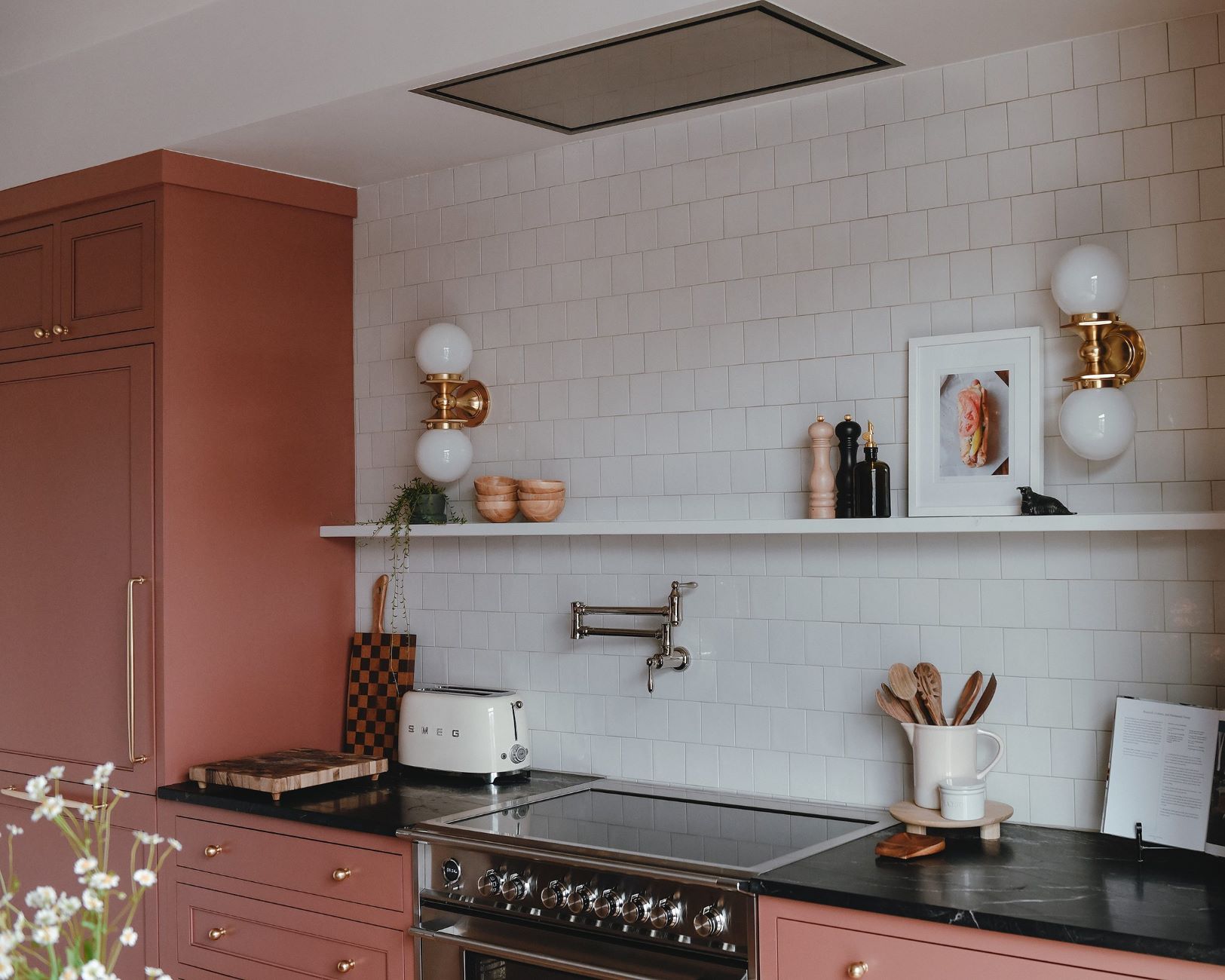

Home Renovation Guides
How Thick Is A Quartz Backsplash
Modified: October 20, 2024
Discover the ideal thickness for a quartz backsplash in our comprehensive home renovation guide. Learn everything you need to know about quartz backsplashes.
(Many of the links in this article redirect to a specific reviewed product. Your purchase of these products through affiliate links helps to generate commission for Storables.com, at no extra cost. Learn more)
Introduction
When it comes to renovating your kitchen, choosing the right materials for your backsplash is crucial. A quartz backsplash not only adds a touch of elegance to your kitchen but also offers durability and low maintenance. However, one of the key considerations when selecting a quartz backsplash is its thickness. The thickness of the quartz backsplash can significantly impact its appearance, strength, and overall performance.
In this comprehensive guide, we will delve into the world of quartz backsplashes, focusing specifically on their thickness. We will explore the standard thickness of quartz backsplashes, the benefits of opting for a thicker option, and the essential factors to consider when deciding on the ideal thickness for your kitchen. Whether you are a homeowner embarking on a kitchen renovation project or a design enthusiast seeking insights into quartz backsplashes, this guide will equip you with the knowledge needed to make informed decisions.
Let's embark on a journey through the realm of quartz backsplashes, uncovering the significance of thickness and how it can elevate the aesthetics and functionality of your kitchen space.
Key Takeaways:
- Quartz backsplashes come in various thicknesses, from sleek and modern to substantial and luxurious, offering both visual impact and practical protection for your kitchen walls.
- When choosing a quartz backsplash, consider the harmony with your kitchen design, the level of protection needed, and your personal style preferences to make an informed decision on the ideal thickness.
Read more: What Backsplash Goes With Quartz Countertops
What is a Quartz Backsplash?
A quartz backsplash is a vertical extension of the countertop, typically installed in kitchens to protect the wall from splashes, stains, and moisture. It serves as a practical and aesthetic element, seamlessly integrating with the countertop to create a cohesive and visually appealing kitchen design. Quartz backsplashes are crafted from engineered stone composed of natural quartz crystals and resin, resulting in a durable and versatile material that offers a wide range of design possibilities.
Quartz backsplashes are renowned for their remarkable resilience and low maintenance requirements, making them a popular choice among homeowners and designers. Unlike natural stone backsplashes, quartz backsplashes are non-porous, which means they are highly resistant to staining and bacterial growth. This characteristic makes them exceptionally easy to clean and maintain, a valuable feature in high-traffic areas such as the kitchen.
In addition to their practical advantages, quartz backsplashes are available in an extensive array of colors, patterns, and finishes, allowing for customization to suit diverse design preferences. Whether you prefer a sleek, monochromatic look or a bold, veined pattern, quartz backsplashes offer the flexibility to complement various kitchen styles, from modern and minimalist to traditional and eclectic.
Furthermore, the manufacturing process of quartz backsplashes enables consistent coloration and veining, ensuring that the final product exhibits uniformity and aesthetic appeal. This predictability in appearance makes quartz backsplashes an attractive option for those seeking a polished and harmonious kitchen aesthetic.
Overall, a quartz backsplash serves as a practical and visually striking element in kitchen design, offering durability, low maintenance, and design versatility. Its seamless integration with the countertop creates a cohesive and elegant look while providing essential protection for the walls against everyday kitchen activities. As we delve deeper into the realm of quartz backsplashes, understanding the significance of thickness will further enhance our appreciation of this versatile and enduring design element.
Standard Thickness of Quartz Backsplash
The standard thickness of a quartz backsplash typically ranges from 0.25 inches to 1.25 inches, with the most common thickness falling between 0.75 inches and 1 inch. This range allows for flexibility in design and functionality, catering to various aesthetic preferences and practical requirements.
A backsplash with a thickness of 0.25 inches offers a sleek and streamlined appearance, ideal for modern and minimalist kitchen designs. This thinner profile provides a subtle yet effective barrier against splashes and stains while maintaining a clean and unobtrusive look. It is well-suited for homeowners seeking a seamless transition between the countertop and the wall, creating a visually cohesive and uncluttered kitchen space.
On the other hand, a thicker quartz backsplash, ranging from 0.75 inches to 1.25 inches, offers enhanced durability and visual impact. A thicker profile not only provides robust protection for the walls but also introduces a substantial and luxurious aesthetic element to the kitchen. The added depth and presence of a thicker quartz backsplash contribute to a sense of solidity and sophistication, making it a focal point in the overall kitchen design.
The most commonly preferred thickness for quartz backsplashes, around 0.75 inches to 1 inch, strikes a balance between elegance and practicality. This mid-range thickness offers sufficient protection for the walls while allowing for diverse design possibilities. Whether it's a subtle and understated backsplash or a bold and expressive statement piece, this standard thickness accommodates a wide range of design preferences, making it a versatile choice for homeowners and designers alike.
In summary, the standard thickness of a quartz backsplash varies to accommodate different design aesthetics and functional requirements. Whether opting for a sleek and minimalist look with a thinner profile or seeking durability and visual impact with a thicker option, the range of available thicknesses allows for tailored solutions to elevate the kitchen space. As we explore the benefits of a thick quartz backsplash, we will further appreciate the significance of thickness in enhancing both the aesthetics and functionality of this essential kitchen element.
A standard quartz backsplash is typically 3/4 inch thick, but it can vary depending on the manufacturer and design. Be sure to check with your supplier for specific measurements before installation.
Benefits of a Thick Quartz Backsplash
A thick quartz backsplash offers a myriad of advantages, making it a compelling choice for homeowners and designers seeking to elevate the aesthetics and functionality of their kitchen space. Let's delve into the notable benefits of opting for a thick quartz backsplash:
-
Enhanced Durability: The thickness of a quartz backsplash directly correlates to its durability. A thicker profile provides increased resistance to impact and structural integrity, ensuring long-term resilience against everyday wear and tear. This robustness makes a thick quartz backsplash an ideal choice for high-traffic kitchen areas, where it can effectively withstand the rigors of daily use without compromising its visual appeal.
-
Visual Impact: A thick quartz backsplash introduces a substantial and luxurious aesthetic element to the kitchen. The added depth and presence of a thicker profile create a sense of solidity and sophistication, elevating the overall visual appeal of the space. Whether it's a monochromatic slab or a veined pattern, the thickness accentuates the inherent beauty of the quartz, becoming a striking focal point in the kitchen design.
-
Seamless Integration: Opting for a thick quartz backsplash allows for seamless integration with the countertop, creating a cohesive and harmonious look. The continuity in thickness between the backsplash and the countertop enhances the visual flow of the kitchen, contributing to a polished and unified design aesthetic. This seamless integration adds a touch of refinement to the space, showcasing a deliberate and cohesive approach to kitchen design.
-
Customization Possibilities: The thickness of a quartz backsplash opens up a realm of customization possibilities. With a thicker profile, homeowners and designers have the flexibility to incorporate unique edge profiles and detailing, further personalizing the visual impact of the backsplash. Whether it's a beveled edge or a mitered corner, the thickness serves as a canvas for creative expression, allowing for tailored design elements that reflect individual style preferences.
-
Sound Dampening: In addition to its visual and structural benefits, a thick quartz backsplash offers sound dampening properties, reducing noise from kitchen activities. The added thickness contributes to a quieter kitchen environment, minimizing the clattering of cookware and utensils, and enhancing the overall comfort of the space.
In essence, the benefits of a thick quartz backsplash extend beyond its visual appeal, encompassing durability, customization possibilities, and functional advantages. By opting for a thicker profile, homeowners and designers can elevate the kitchen space, infusing it with a sense of luxury, resilience, and personalized style. The significance of thickness in a quartz backsplash becomes evident as it emerges as a pivotal element in shaping the overall ambiance and functionality of the kitchen.
Considerations for Thickness when Choosing a Quartz Backsplash
When selecting a quartz backsplash for your kitchen, the thickness plays a pivotal role in determining not only its visual impact but also its practical functionality. Several essential considerations come into play when evaluating the ideal thickness for your quartz backsplash:
-
Aesthetic Harmony: The thickness of the quartz backsplash should harmonize with the overall design scheme of the kitchen. For a modern and streamlined aesthetic, a thinner profile may be preferred to maintain a sleek and unobtrusive look. Conversely, in traditional or luxurious kitchen designs, a thicker quartz backsplash can contribute to a sense of opulence and grandeur, aligning with the overarching design theme.
-
Practical Protection: Consider the level of protection required for your kitchen walls. Thicker quartz backsplashes offer enhanced durability and resilience, making them well-suited for areas prone to splashes, stains, and impact. Assess the specific needs of your kitchen space to determine whether a thicker profile is necessary to effectively safeguard the walls while adding visual interest.
-
Seamless Integration: Evaluate the visual continuity between the countertop and the backsplash. A consistent thickness between the two elements creates a seamless and polished look, contributing to a cohesive design aesthetic. Whether opting for a subtle transition or a bold statement, the thickness of the backsplash should align with the countertop to achieve a harmonious visual flow.
-
Personal Preference: Your individual style preferences and design vision should guide the selection of the quartz backsplash thickness. Consider the visual impact you wish to achieve and how the thickness can accentuate the overall ambiance of the kitchen. Whether aiming for a striking focal point or a subtle backdrop, the thickness of the backsplash serves as a canvas for expressing your unique design sensibilities.
-
Budget and Practicality: Assess the practical implications of the chosen thickness in relation to your budget and long-term maintenance. Thicker quartz backsplashes may entail higher material and installation costs, but they offer enhanced durability and visual impact. Balance your aesthetic aspirations with practical considerations to arrive at a thickness that aligns with your budget and maintenance preferences.
By carefully considering these factors, you can make an informed decision regarding the thickness of your quartz backsplash, ensuring that it not only enhances the visual appeal of your kitchen but also fulfills practical requirements. The significance of thickness in shaping the overall look and functionality of the backsplash becomes evident as it becomes a tailored and integral component of your kitchen design.
Read more: What Are Quartz Countertops
Conclusion
In conclusion, the thickness of a quartz backsplash plays a pivotal role in shaping the aesthetics, durability, and functionality of the kitchen space. Whether opting for a sleek and minimalist look with a thinner profile or seeking enhanced resilience and visual impact with a thicker option, the significance of thickness becomes evident in its ability to elevate the overall ambiance and practical performance of the backsplash.
By understanding the standard thickness range of quartz backsplashes and the benefits of opting for a thicker profile, homeowners and designers can make informed decisions that align with their design vision and practical requirements. The visual impact of a thick quartz backsplash, coupled with its enhanced durability and customization possibilities, presents an opportunity to transform the kitchen into a refined and personalized space.
Furthermore, the considerations for thickness when choosing a quartz backsplash underscore the importance of harmonizing the aesthetic, practical, and budgetary aspects of the decision-making process. By evaluating the desired visual harmony, level of protection, seamless integration, personal preferences, and practical implications, individuals can select a thickness that not only enhances the visual appeal of the kitchen but also fulfills functional needs.
Ultimately, the thickness of a quartz backsplash serves as a customizable and integral element in kitchen design, offering a spectrum of design possibilities and practical advantages. Whether it's a subtle and understated backdrop or a bold and substantial focal point, the thickness of the backsplash contributes to the overall character and functionality of the kitchen, reflecting the unique style and practical considerations of the homeowner or designer.
As homeowners embark on kitchen renovation projects and designers seek to create captivating and functional kitchen spaces, the significance of thickness in a quartz backsplash becomes a guiding factor in shaping the visual narrative and practical performance of this essential design element. Embracing the potential of thickness allows for tailored and impactful kitchen designs that resonate with individual preferences and elevate the heart of the home into a personalized and enduring space.
Eager to keep your kitchen both stylish and functional? Dive into our expert advice on kitchen design, offering clever storage solutions that maximize space without sacrificing aesthetics. Meanwhile, for those updating bathrooms, understanding different countertop materials helps in choosing surfaces that are not only beautiful but also durable and easy to maintain. Whether renovating a kitchen or a bathroom, these insights are invaluable for creating spaces that truly feel like home.
Frequently Asked Questions about How Thick Is A Quartz Backsplash
Was this page helpful?
At Storables.com, we guarantee accurate and reliable information. Our content, validated by Expert Board Contributors, is crafted following stringent Editorial Policies. We're committed to providing you with well-researched, expert-backed insights for all your informational needs.
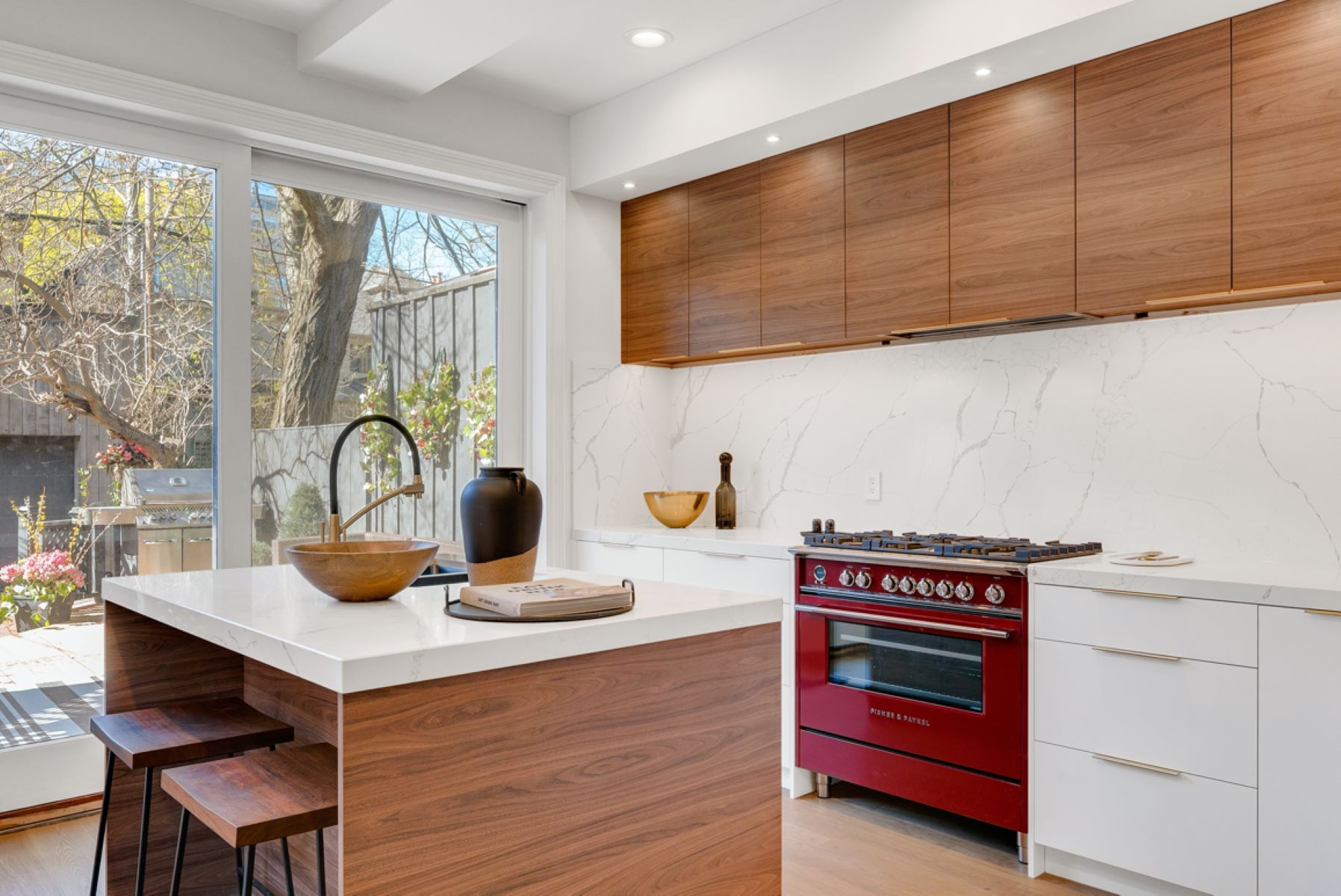
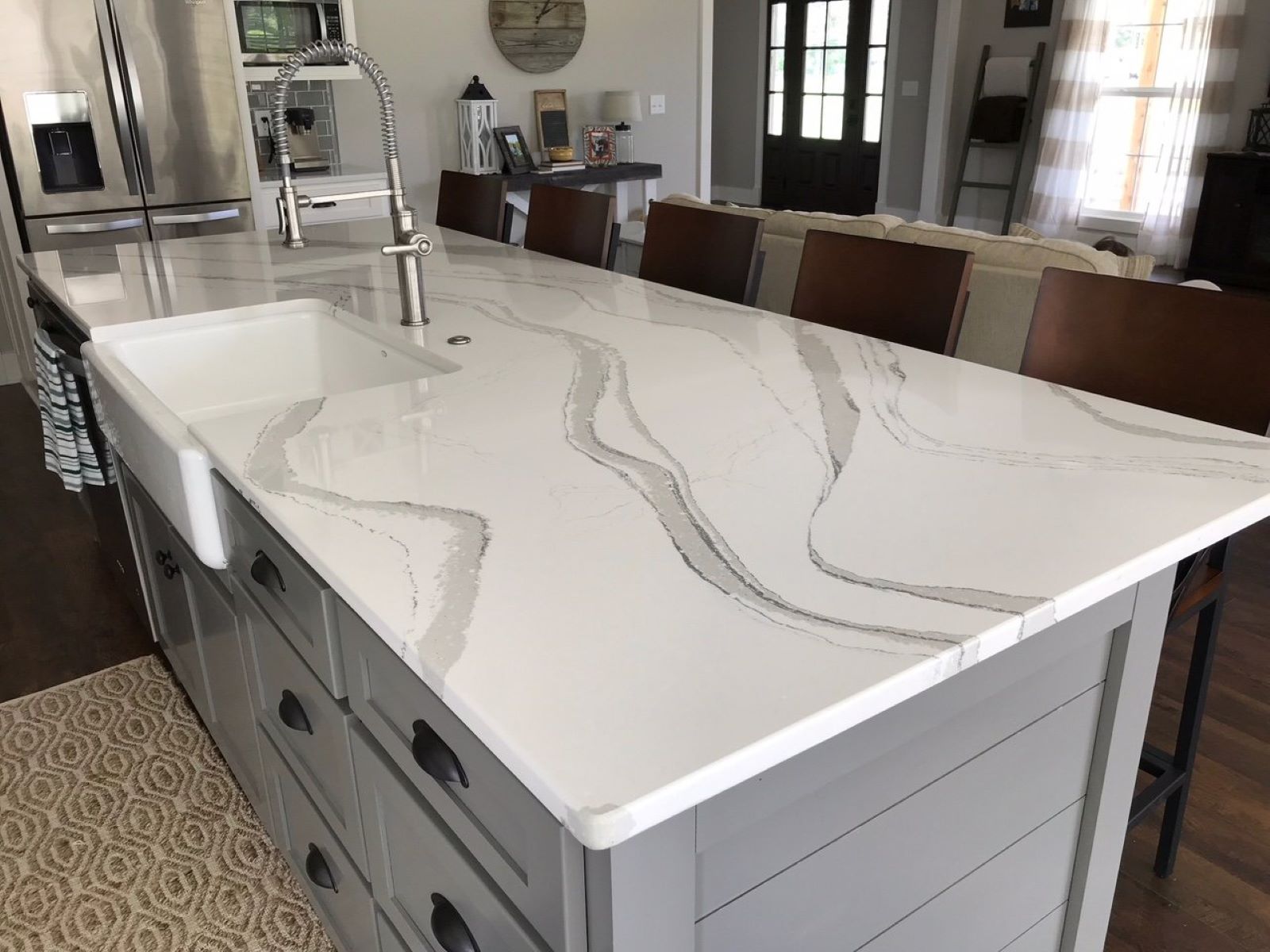
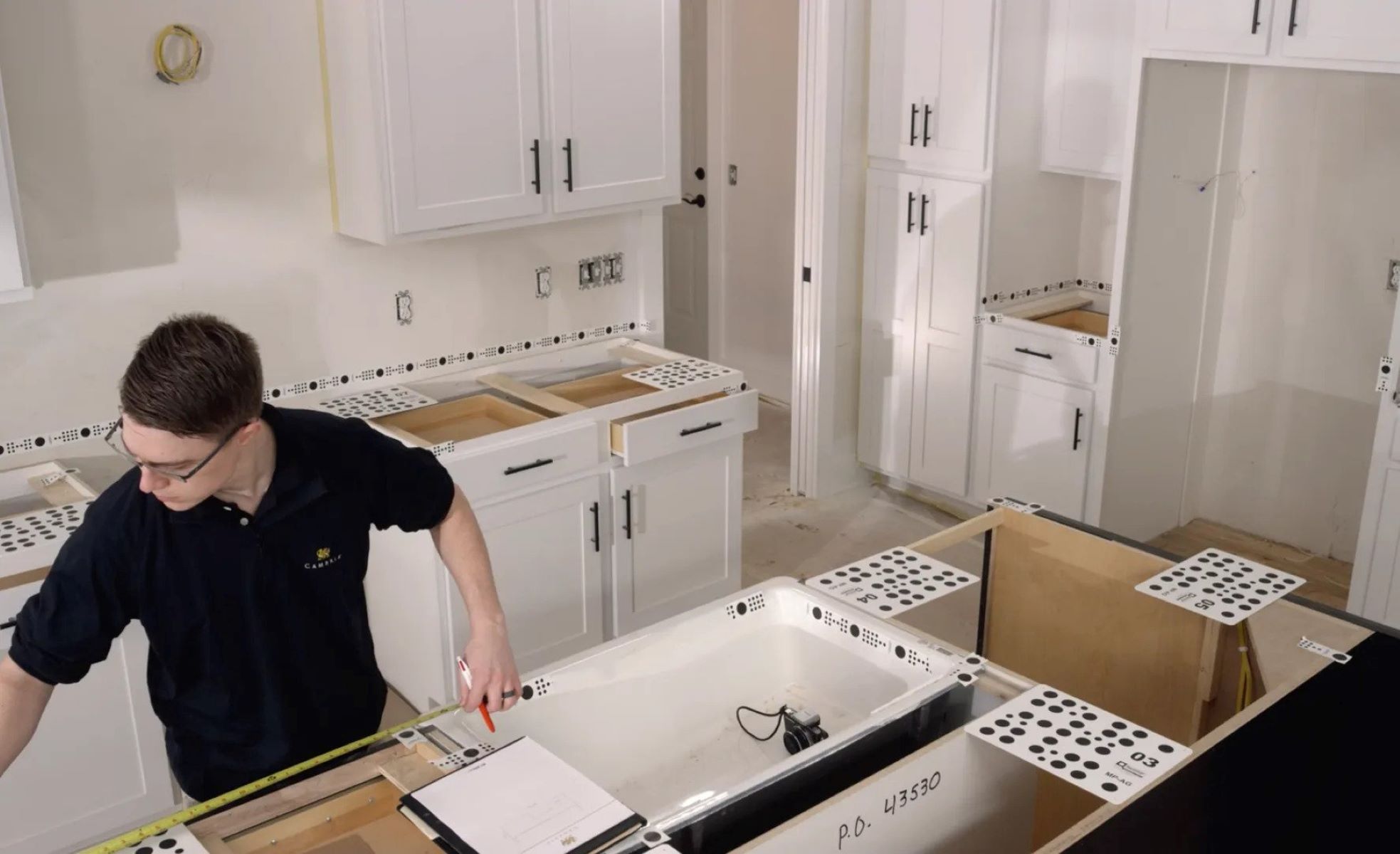
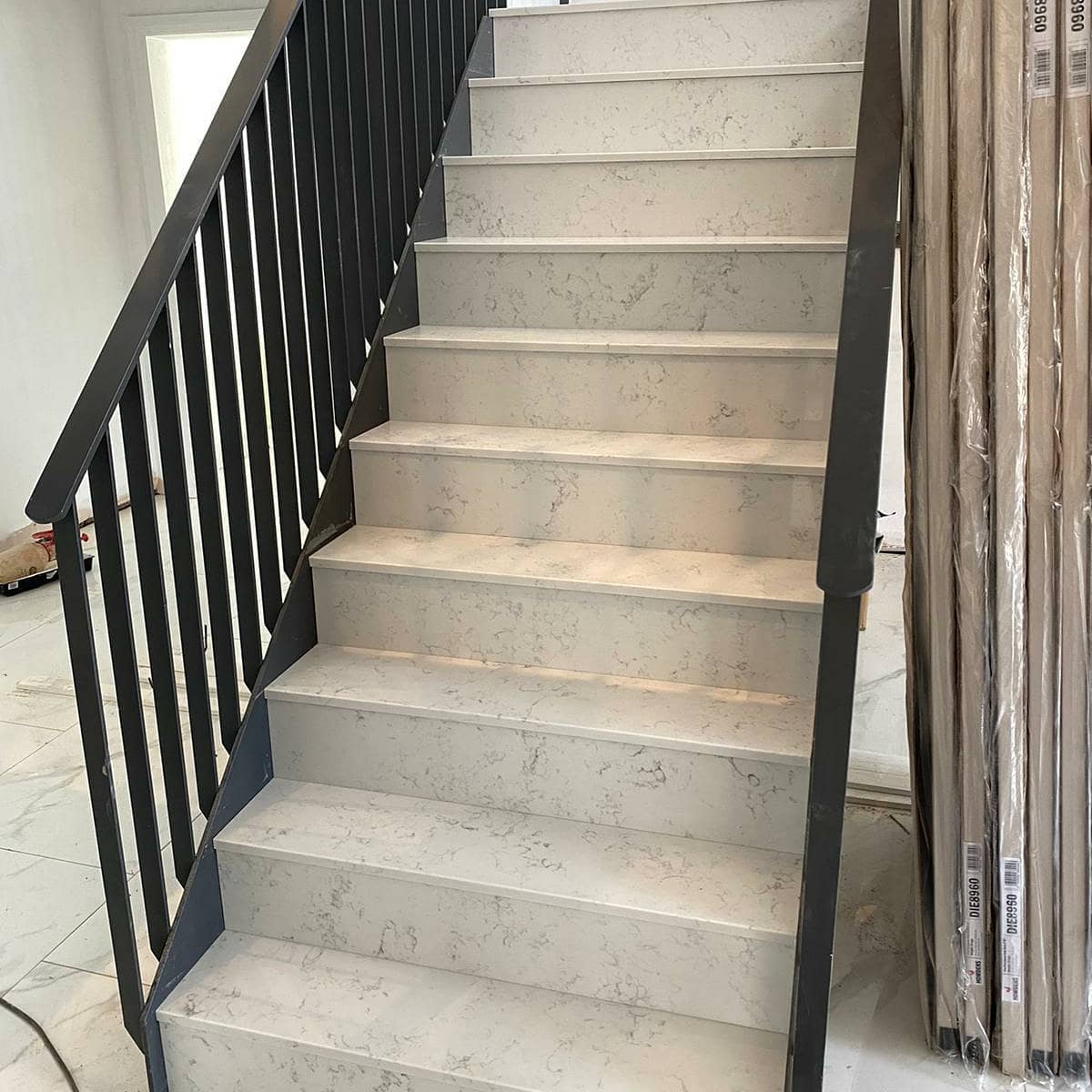
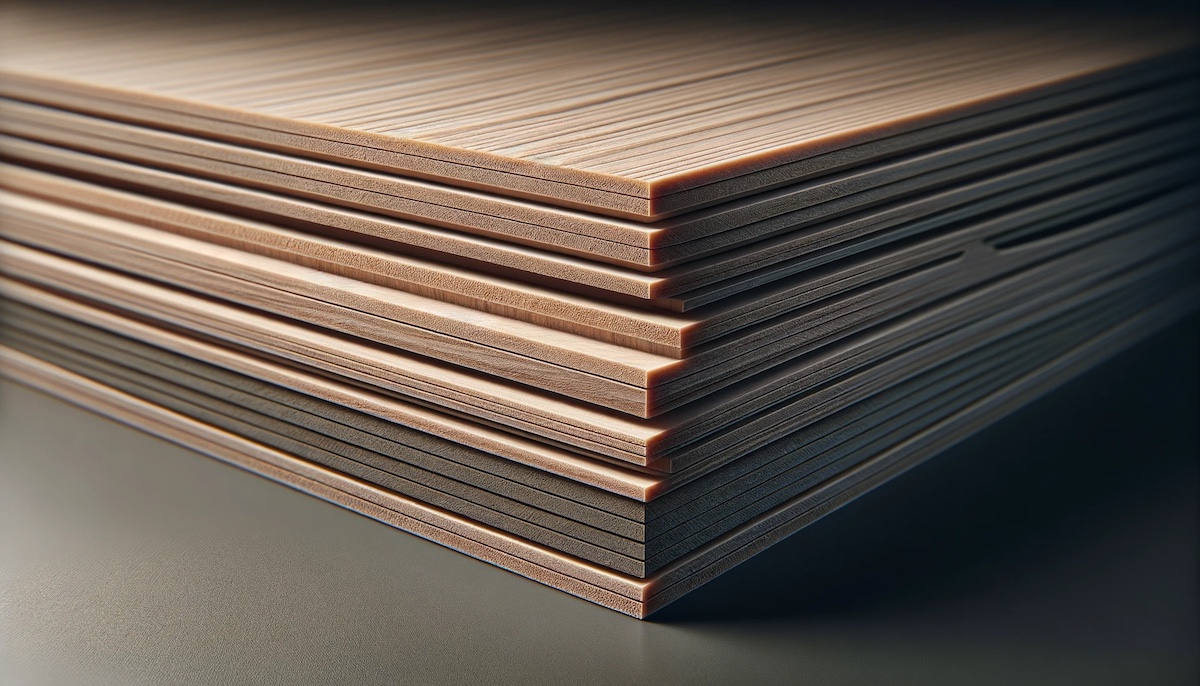
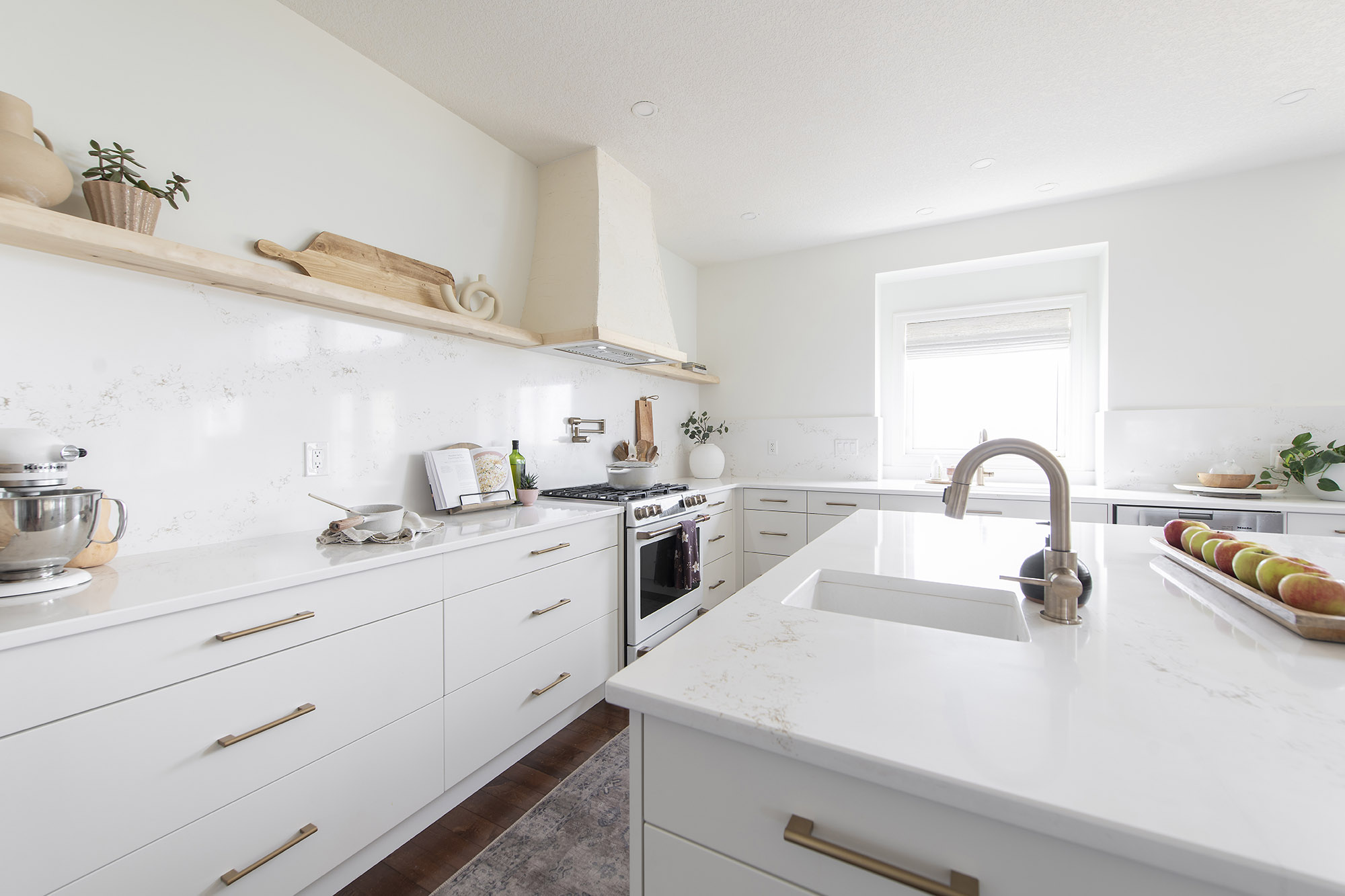
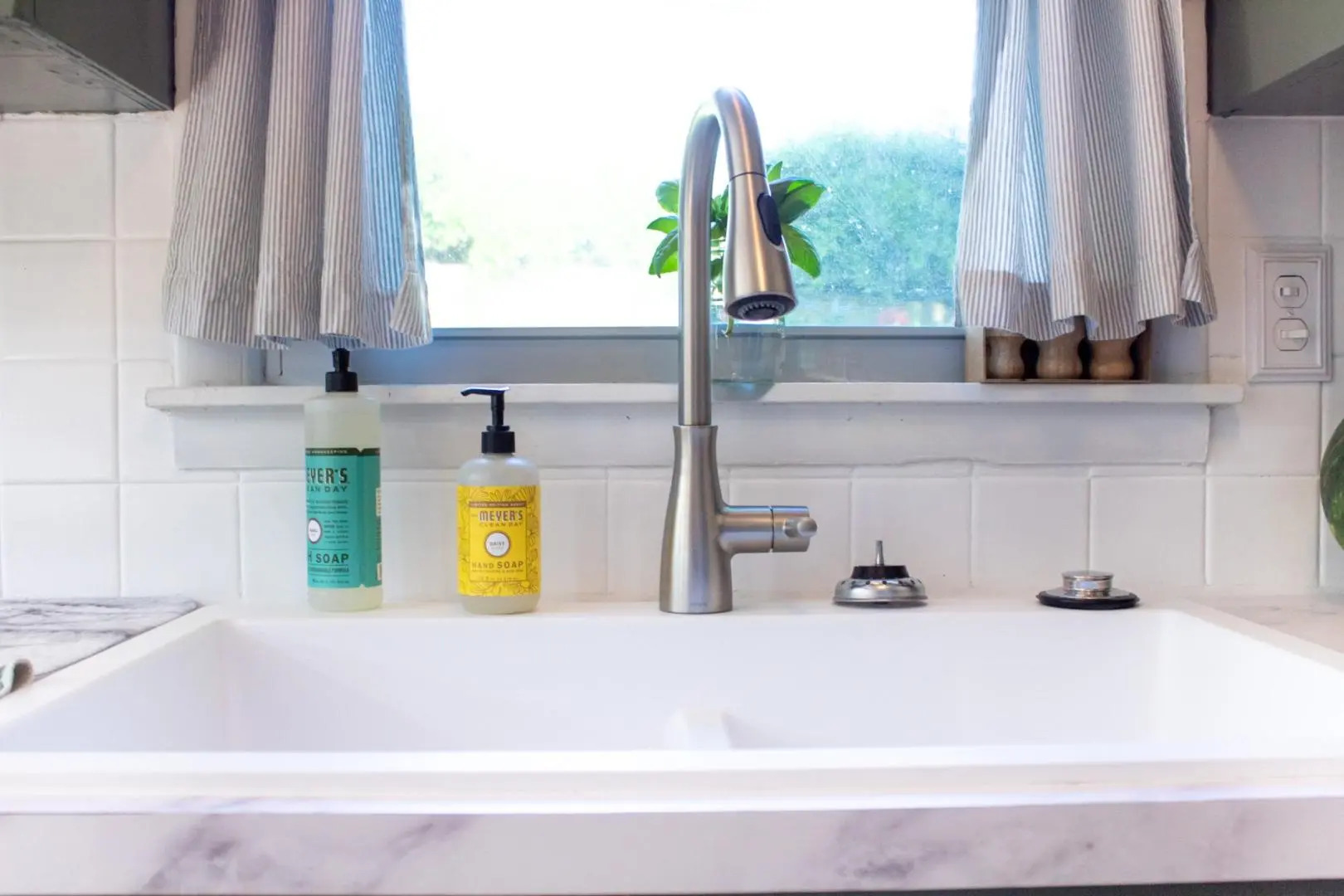
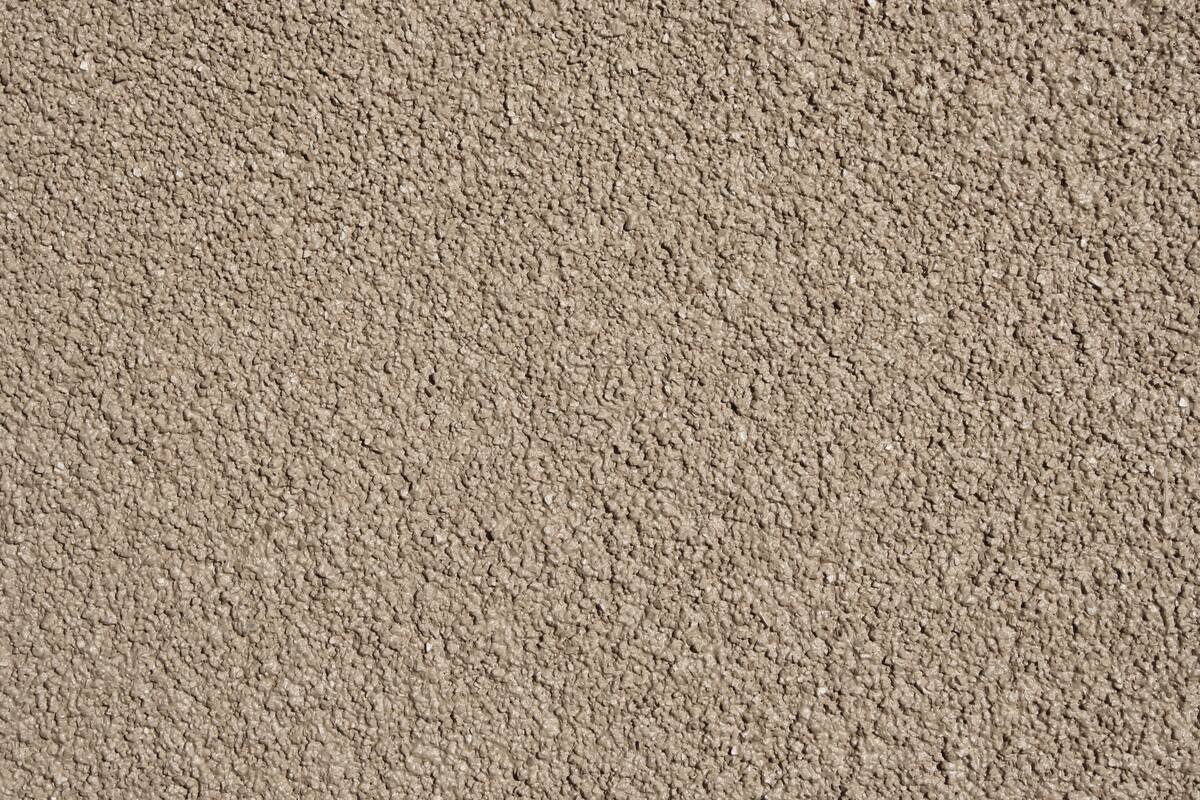
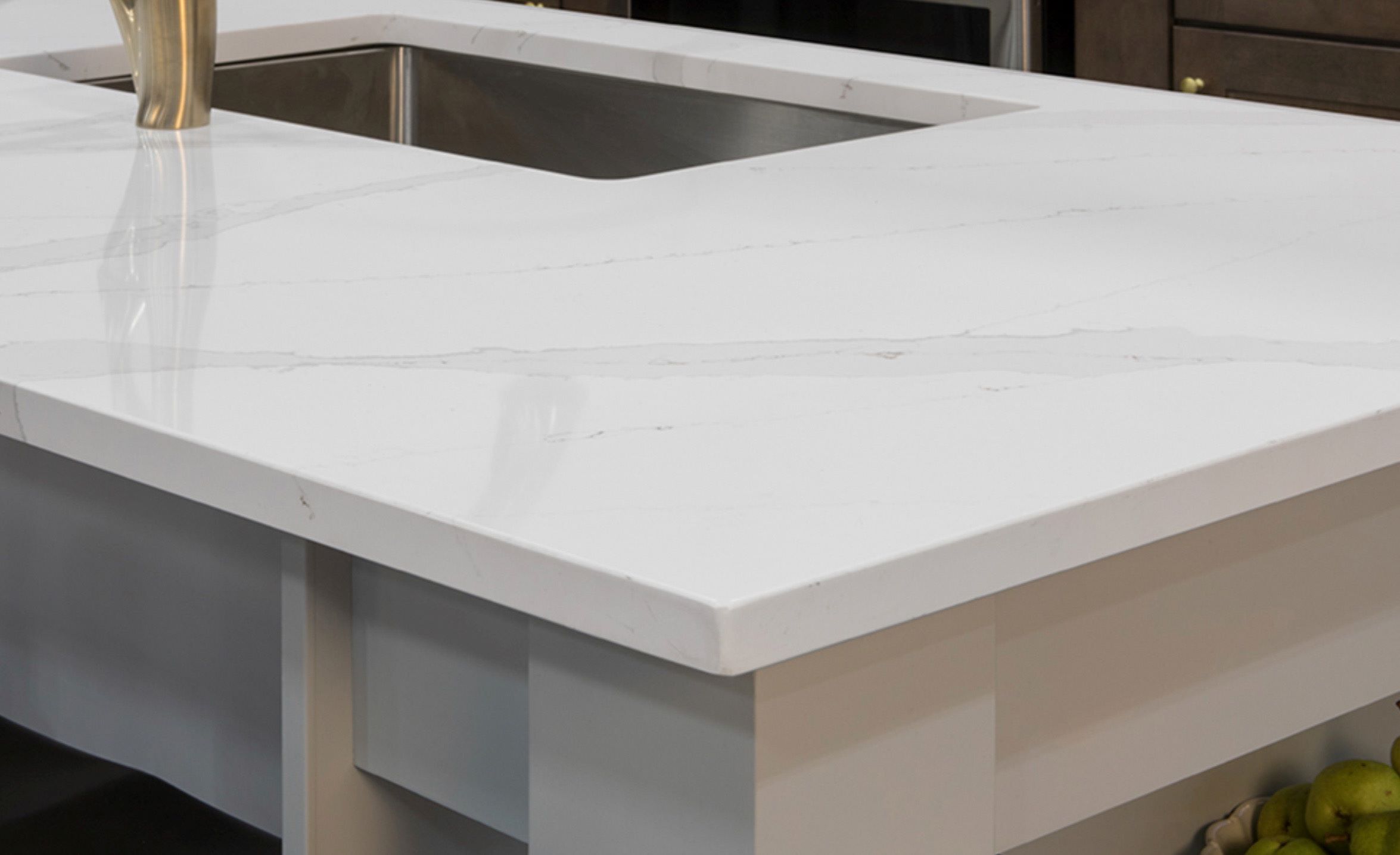
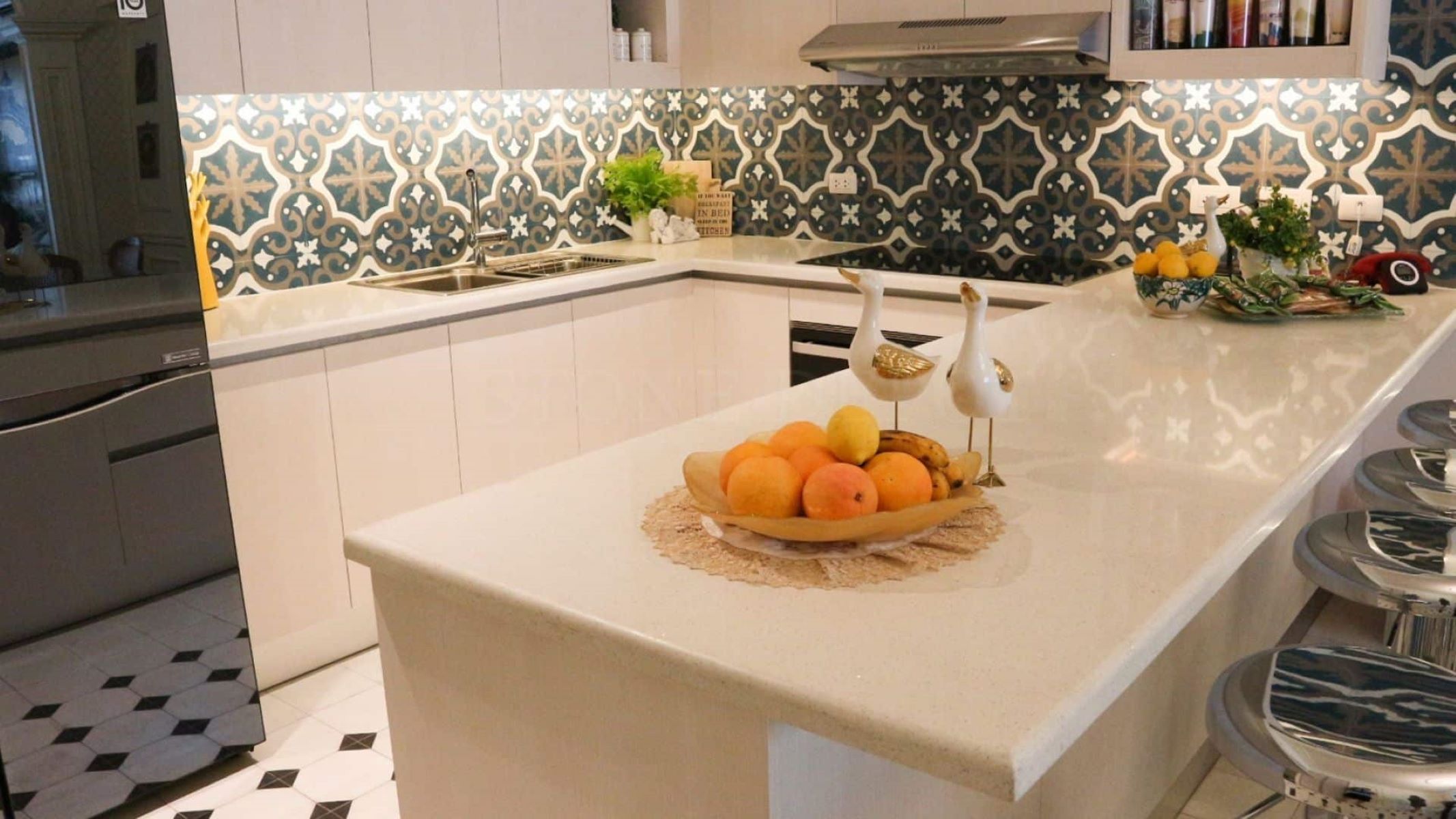
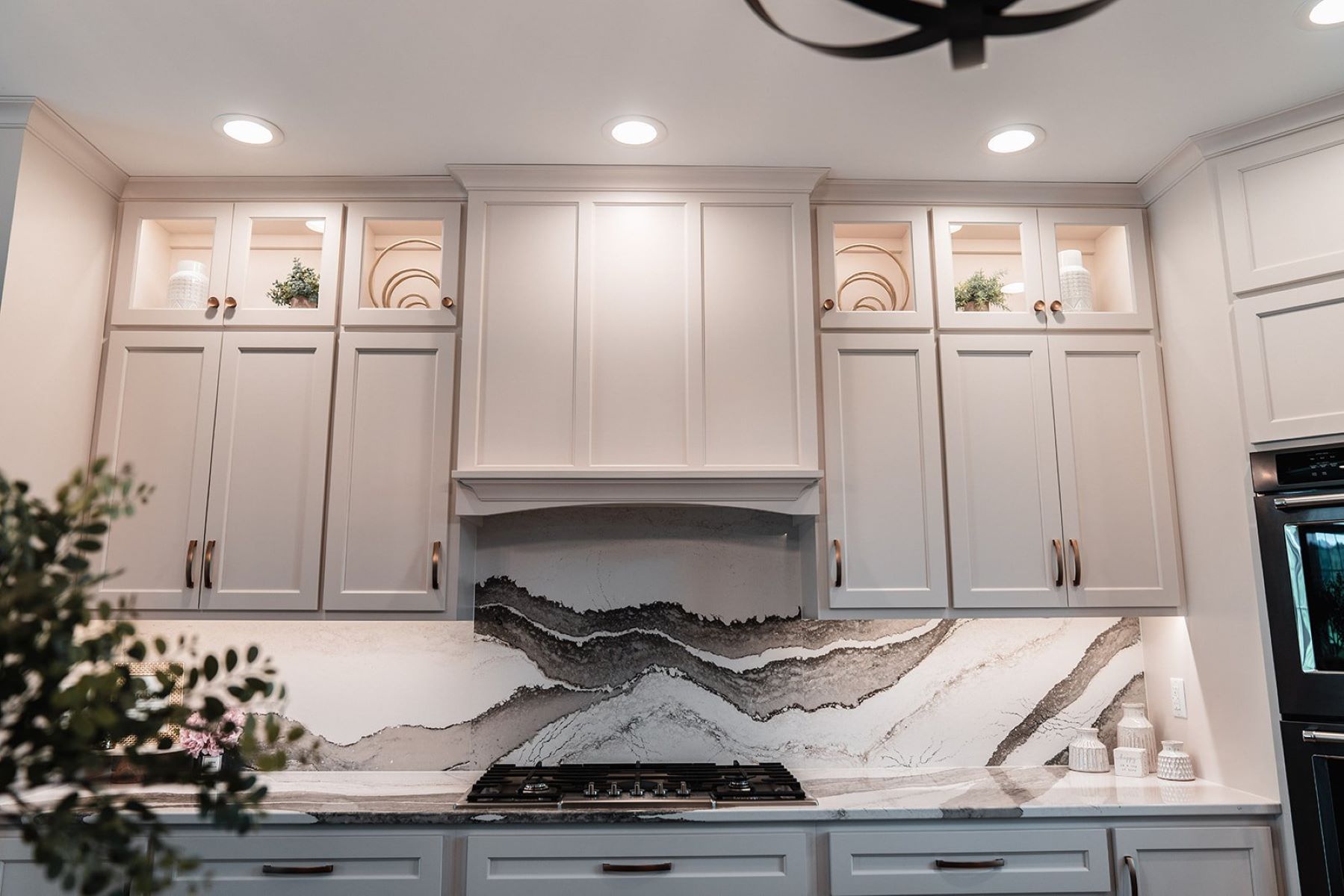
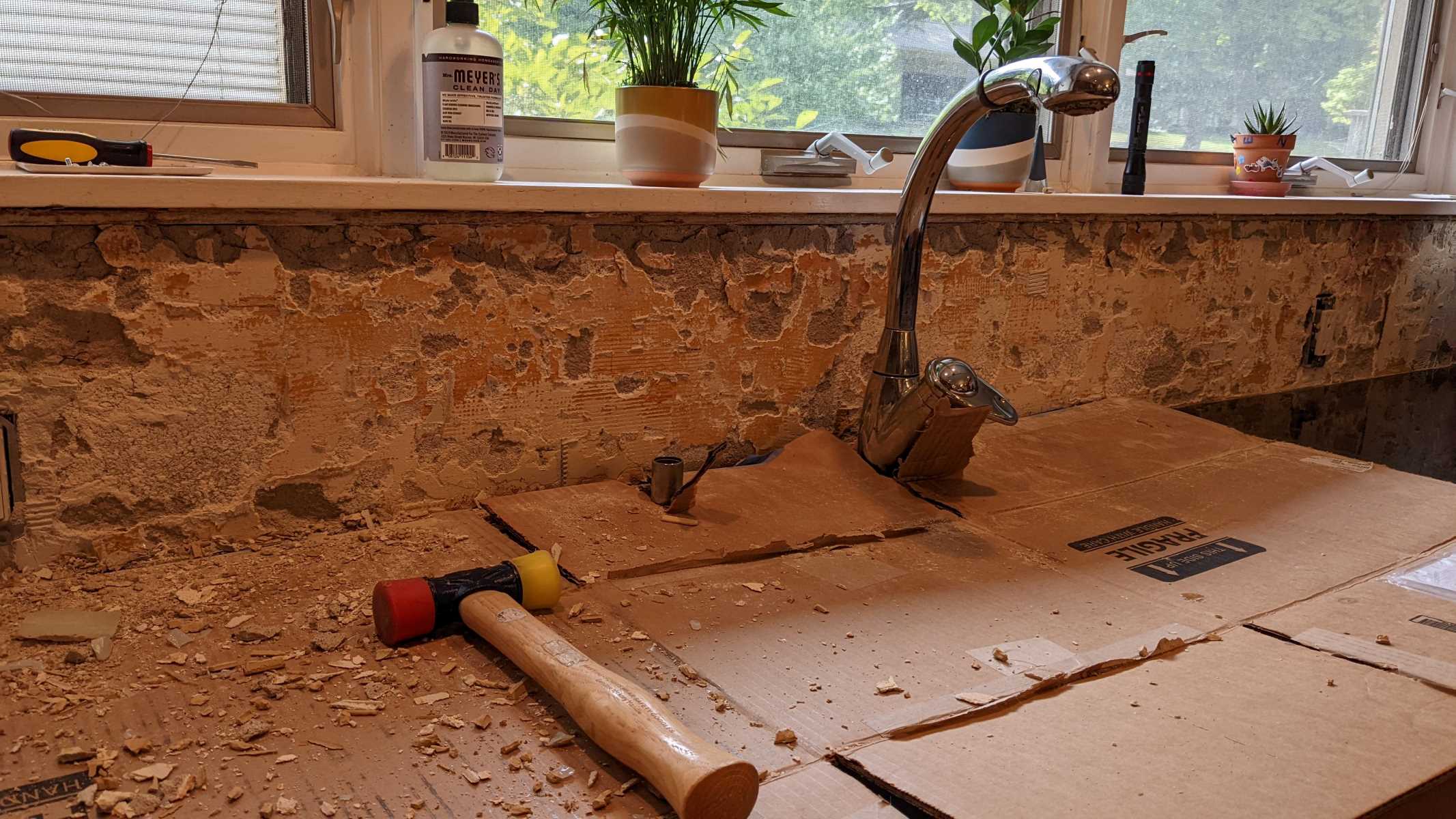
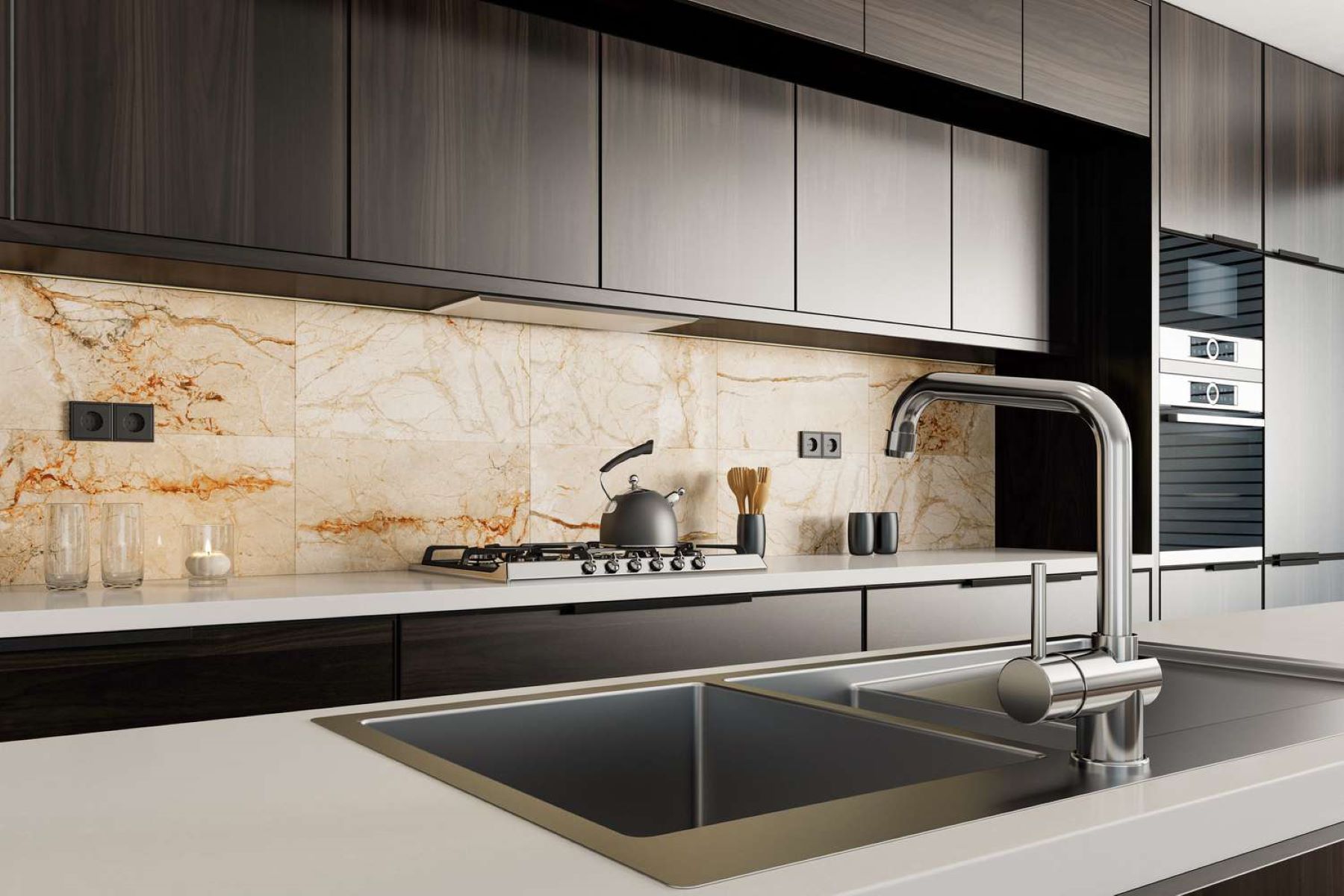
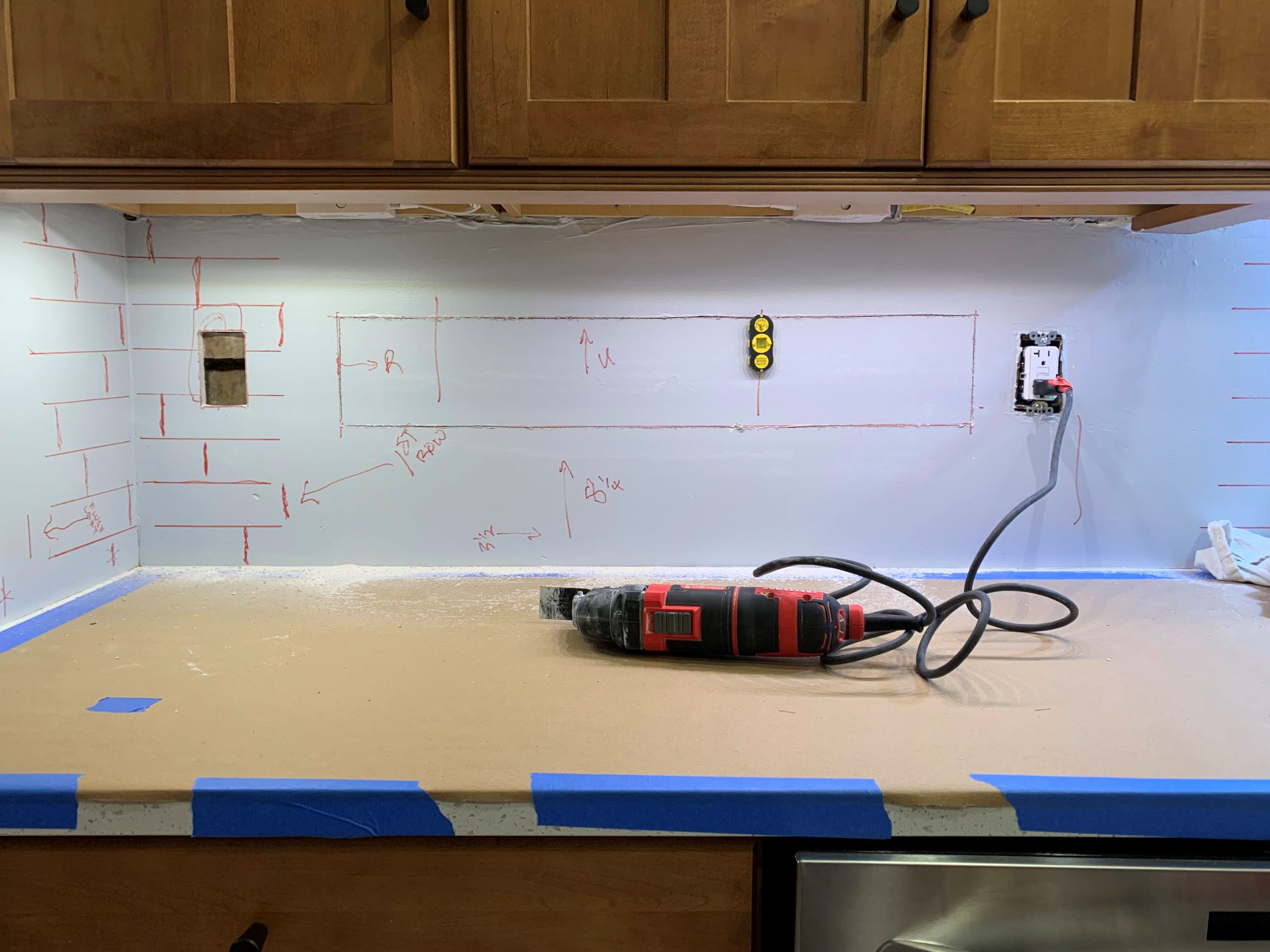

0 thoughts on “How Thick Is A Quartz Backsplash”